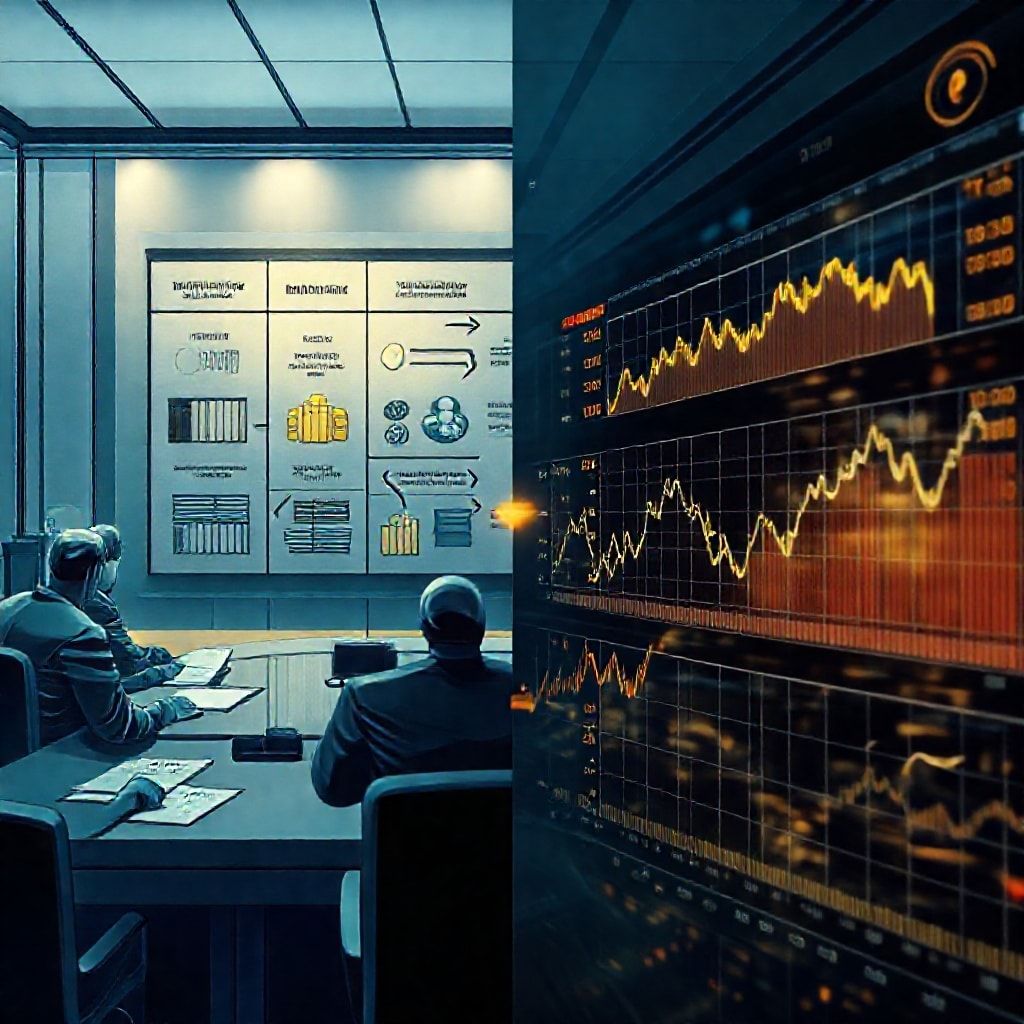How do macroeconomic policies influence metals futures prices?
How Do Macroeconomic Policies Influence Metals Futures Prices?
Introduction
If you’re watching metals futures like gold, copper, or aluminum, you’re watching more than supply and demand. macroeconomic policies quietly shape price moves through interest rates, inflation expectations, currency swings, and growth signals. For traders juggling multiple markets—forex, stocks, crypto, indices, options, commodities—the policy backdrop is the common denominator that helps explain why a chart shifts from calm to choppy and back again. This article uncovers how policy levers translate into metal prices and what it means for everyday trading in a web3 world.

Key Transmission Channels
- Interest rates and risk appetite. When central banks lift rates, borrowing costs rise and speculative money often pivots away from riskier bets toward yield. Metals, especially those tied to industrial demand like copper, can soften on higher rates even as gold steadies as a safe haven. In contrast, looser policy can spur growth expectations and lift metals that reflect economic activity.
- Inflation expectations and real yields. Metals tend to react to the tug-of-war between inflation and real yields. If prices run hotter but real yields stay low or negative, gold and other precious/metals futures can rally as investors seek store-of-value and hedges against eroding purchasing power.
- Currency dynamics. A stronger dollar, often tied to tighter monetary policy or safe-haven demand, can push metal prices lower in USD terms, since many buyers hold other currencies or use dollar-denominated hedges. Conversely, a weaker dollar can lift metals by making them cheaper for buyers using other currencies.
- Fiscal policy and growth signals. Expansionary fiscal policy can boost infrastructure demand (think copper and steel), lifting futures as expectations for stronger economic activity grow. Pullbacks or uncertainty in fiscal plans can dampen those bets.
Policy Tools and Market Reactions
- Central bank actions. Rate changes, QT/ QE stances, and forward-guidance shape the macro tide. Markets move not just on the action, but on the outlook conveyed: durable inflation concern often boosts gold; optimism about construction and manufacturing can lift industrial metals.
- Tariffs, sanctions, and trade policy. These tools alter supply chains and input costs. A tariff on a key metal ore can tighten global supply, pushing futures prices higher, while easing tensions or finding substitutes can have the opposite effect.
- Regulatory climate. Metal markets respond to changes in environmental rules, mining royalties, and permitting timelines. News of stricter standards or bottlenecks can create short-term spikes in prices as supply constraints surface.
Case Illustrations
- Imagine a year with aggressive rate hikes and a stronger USD. Gold may retreat on higher real yields, while copper could stumble if growth signals weaken. A surprise inflation spike paired with cautious policy hints might lift gold as a hedge, while copper could rally if demand remains resilient in a mega-infrastructure cycle.
- In another scenario, coordinated stimulus and looser financial conditions boost industrial activity. Copper and nickel futures tend to strengthen on the back of better demand expectations, even as some volatility persists from policy chatter.
Web3 and Multi-Asset Trading: The New Normal
Diversification across asset classes—forex, stocks, crypto, indices, options, commodities—helps manage macro risk. Practical notes:
- Use hedges to navigate policy surprises: options and futures can cap downside while preserving upside.
- Leverage with discipline: crypto and DeFi offer efficiency, but funding rates and liquidity risk can amplify losses in sudden policy shifts.
- Charting and analytics matter. Overlay macro indicators (policy announcements, CPI, PMI) with price action and volume for clearer signals.
Decentralized Finance Today: Progress and Challenges
DeFi brings near-real-time liquidity, programmable exposure, and transparent settlement. Yet oracle risk, smart contract bugs, and regulatory uncertainty remain hurdles. The decentralized layer can enhance access to metals-related ETFs or tokenized commodities, but you still face counterparty and platform risk.
Smart Contracts and AI-Driven Trading: The Next Frontier
Automated rules and AI-driven signals enable faster responses to policy news and macro surprises. Smart contracts can execute hedges when thresholds are met, while AI helps sift through macro feeds, news sentiment, and price data. The challenge is balancing speed with robust risk controls and sound custody.
Future Trends and Takeaways
- Promising slogans: “Policy-aware trading for metals futures,” “Where macro meets metal—trade with clarity,” “Navigate policy tides with AI-powered precision.”
- Practical guidance: stay focused on risk controls, diversify across hedges, and pair trusted charting tools with secure data feeds. In a world leaning toward DeFi and AI, the steadier your risk framework, the better you’ll ride the macro waves.
- Outlook: smarter contracts, more automation, and AI-informed decision-making are likely to reshape how metals futures are hedged and traded, but ongoing regulation and governance will shape how fast this evolution unfolds.
Conclusion
Macroeconomic policies don’t just set the mood; they rewrite the price script for metals futures. By tracking policy signals through interest rates, inflation, currency moves, and growth expectations—and by blending traditional and decentralized tools with disciplined risk management—traders can navigate the macro tide with greater clarity and confidence.